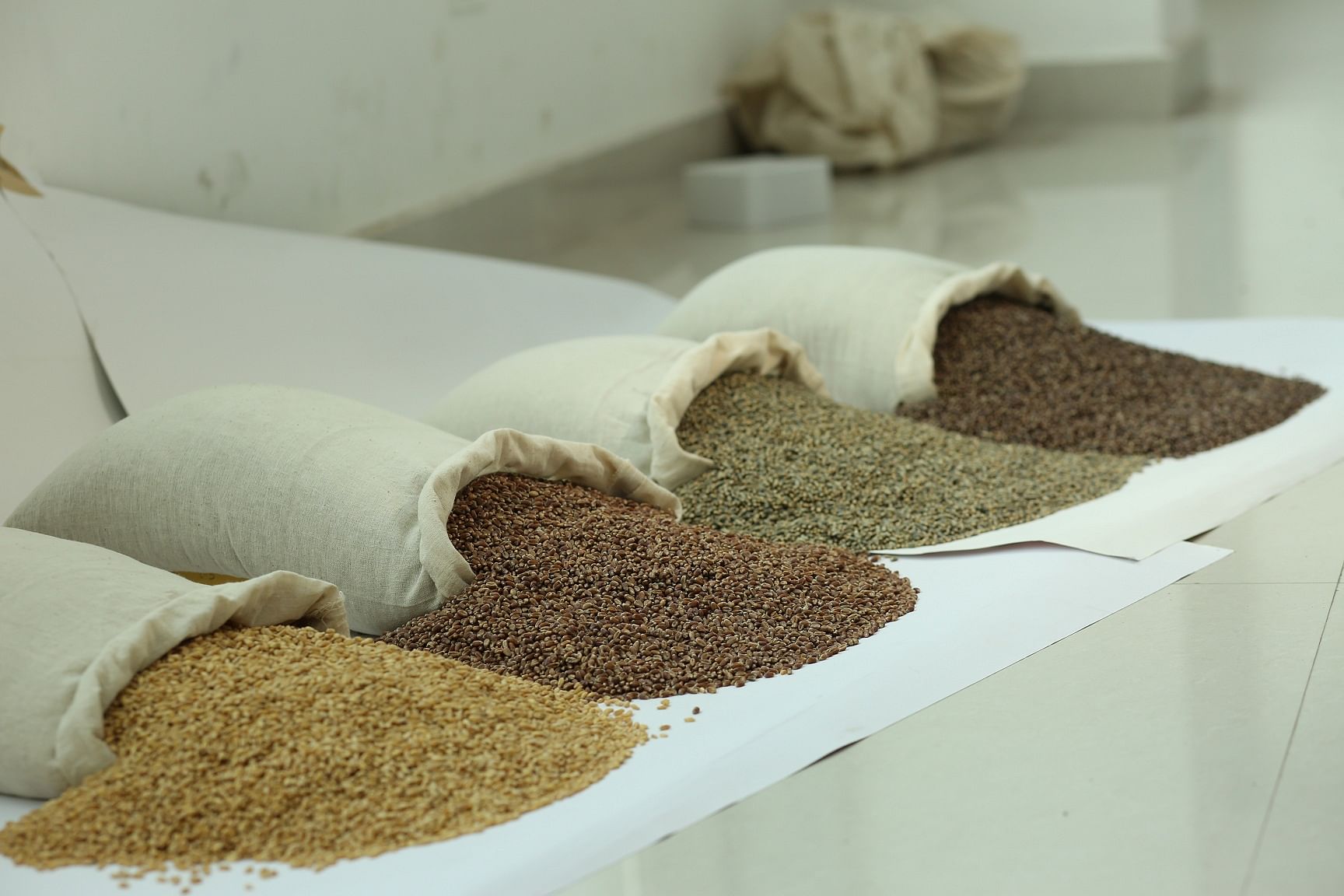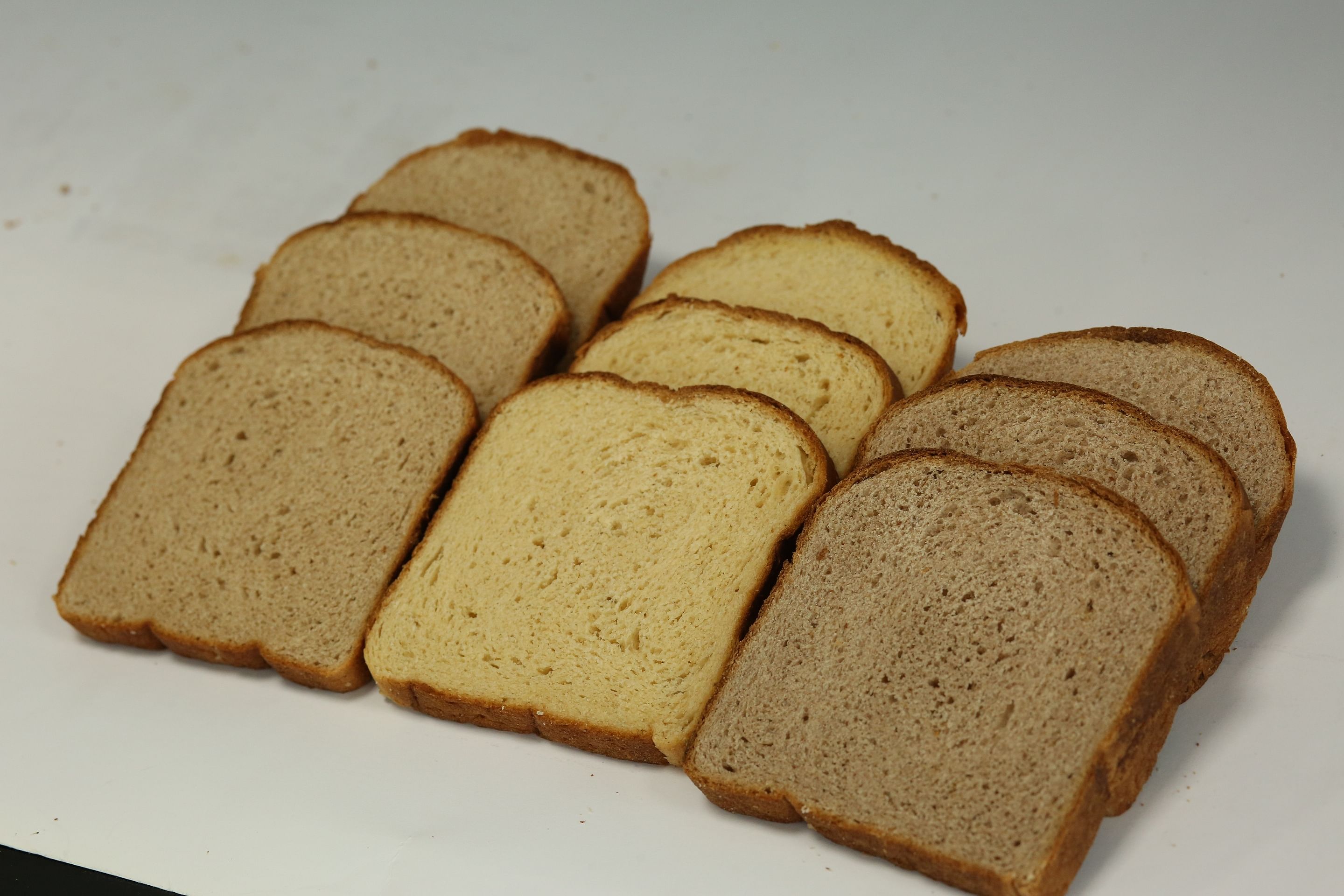

Now, there is a way of making your chapatis, cakes and bread more nutritious and, perhaps, a wee bit colourful. Scientists from the National Agri-Food Biotechnology Institute (NABI), Mohali, Punjab, have developed new varieties of coloured wheat that are enriched with antioxidants and minerals.
Dr Monika Garg and her team of researchers at NABI have developed three varieties of coloured wheat — purple, blue and black. These three wheat varieties are enriched with antioxidants called anthocyanins. Anthocyanins are naturally occurring chemicals that give fruits like blueberries their colour. Pomegranates, plums, black grapes, brinjal and bell peppers are also rich sources of anthocyanins. Regular inclusion of anthocyanins in our diets can help remove free radicals from our body and prevent many lifestyle disorders like obesity, heart disease and inflammation.
The major challenge in growing coloured wheat varieties is their low yield. Also, the anthocyanin-enriched varieties developed abroad do not thrive well under Indian climatic conditions. This, therefore is the first time that coloured wheat varieties that are adapted to the local climate and soil conditions have been developed.
Scientists crossed the donor lines of coloured wheat (blue and purple), procured from the US and Japan, with high yielding white wheat varieties grown in Punjab and Haryana. After many trials, they were successful in developing purple, blue and black wheat.
Over 26 different anthocyanins are present in these three coloured wheat varieties. The anthocyanin content is the highest in black wheat followed by blue and purple.
The purple wheat grains have anthocyanins in their pericarp — the outermost layer of the wheat grain. The blue wheat grains have it enclosed within their aleurone layer. Aleurone is the living part of the wheat seed and is a reservoir of nutrients. The black grain has anthocyanins both within its aleurone and pericarp layers.
Among the three coloured wheat varieties developed, purple has larger grains that are comparable to the size of the white wheat grains available in markets. Minerals and antioxidants within them are also more readily absorbed by the body. However, upon long-term storage they lose their colour and nutrient value, as the antioxidants are found in the outer layer of the grain which is more prone to destruction by external factors.
On the other hand, the black and the blue wheat varieties were found to have richer micronutrient content, as nutrients are enclosed within the innermost layers of the grain. This makes them more suitable for long-term storage than the purple variety.
It has taken Garg and her team nearly 10 years to develop the three coloured wheat varieties. Field trials were conducted in Mohali during winter, and in Kelong and Lahual-Spiti districts of Himachal Pradesh during the summer season.
At present, the yield of the three coloured wheat varieties is approximately around 17 quintals per acre, as compared to 20 quintals per acre for white wheat varieties.
“It would earn more remuneration to farmers due to its health benefits. The yield will also improve with further generation of plants,” Garg says.
Tests conducted on laboratory mice confirmed the antioxidant and anti-inflammatory properties of coloured wheat. Coloured wheat has lower sugar levels compared to white wheat, making them an ideal diet to control diabetes and obesity. Obese mice fed with a high-calorie diet rich in fat were supplemented with white wheat and the coloured wheat varieties.
The ones fed with coloured wheat gained less weight and had lower cholesterol and blood glucose levels. The lifespan of their body cells was also found to be longer compared to those mice that were fed with white wheat. This indicates that the extra dose of antioxidants present in coloured wheat helps in slowing down symptoms of ageing.
The three varieties of coloured wheat are not only enriched with anthocyanins but are also fortified with minerals such as iron and zinc, making them more nutritious and beneficial to health.
A large part of the Indian population suffers from zinc and iron deficiency, and the scientists hope that the consumption of coloured wheat on a day-to-day basis will help meet this deficit.
Garg is now in the process of filing a patent. She is also exploring the many ways in which coloured wheat can be integrated into our daily diets. In addition to encouraging local farmers to cultivate coloured wheat, she is collaborating with bakers in Chandigarh to use them in their baked goods. However, “consumption of coloured wheat at higher scales is necessary to test its long-term health benefits in people,” says Garg.
(The author is science communication fellow, Okinawa Institute of Science and Technology, Japan)